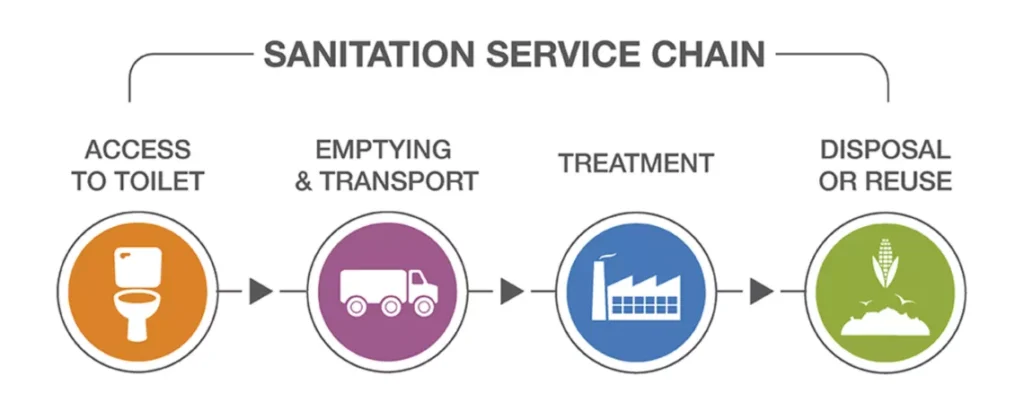Currently Empty: R0
Hygiene
Overview of Hygiene
Hygiene refers to the practices and conditions that help maintain health and prevent the spread of diseases. It includes personal, environmental, and food hygiene, all of which are essential for overall well-being. Good hygiene practices contribute to disease prevention, social acceptance, and a healthier living environment.
Personal hygiene involves regular handwashing, bathing, oral care, and proper sanitation habits to reduce the risk of infections. Environmental hygiene ensures clean surroundings by managing waste, maintaining clean water sources, and reducing pollution. Food hygiene focuses on safe handling, storage, and preparation of food to prevent contamination and foodborne illnesses.
Poor hygiene can lead to the spread of infectious diseases such as diarrhea, respiratory infections, and skin diseases. Regular handwashing with soap, especially before eating and after using the toilet, is one of the most effective ways to prevent illness. Hygiene plays a crucial role in improving public health, school attendance, and workplace productivity, ultimately fostering healthier communities.
Challenges of Hygiene
Despite its critical role in health and well-being, maintaining proper hygiene faces several challenges worldwide. These barriers make it difficult for individuals and communities to adopt and sustain good hygiene practices.
Hygiene Solutions
Ensuring proper hygiene requires a combination of infrastructure development, education, and behavioral change. Here are key solutions to improve hygiene at personal, community, and global levels:
Improving Access to Clean Water
- Expanding water supply systems to provide safe and sufficient water for drinking, handwashing, and cleaning.
- Installing community handwashing stations, especially in schools, healthcare facilities, and public places.
Promoting Hand Hygiene
- Encouraging regular handwashing with soap through awareness campaigns.
- Ensuring soap and water are available in homes, schools, and workplaces.
- Using innovative solutions like touch-free handwashing stations to prevent contamination.
Enhancing Sanitation Infrastructure
- Building and maintaining hygienic toilets and waste disposal systems, especially in rural and underserved areas.
- Encouraging the use of improved latrines and community-led sanitation projects to reduce open defecation.
Hygiene Education and Behavior Change
- Integrating hygiene education into school curricula to create lifelong habits.
- Conducting public awareness programs on the importance of handwashing, menstrual hygiene, and food safety.
- Using mass media and digital platforms to spread hygiene messages effectively.
Affordable Hygiene Products
- Ensuring availability and affordability of hygiene products such as soap, sanitary pads, and disinfectants.
- Supporting local production and distribution of hygiene essentials.
- Encouraging sustainable and eco-friendly hygiene products.
Targeting Vulnerable Communities
- Providing hygiene kits and emergency support during disasters and humanitarian crises.
- Addressing hygiene needs in refugee camps, slums, and marginalized communities.
- Implementing hygiene programs specifically for women, children, and the elderly.



